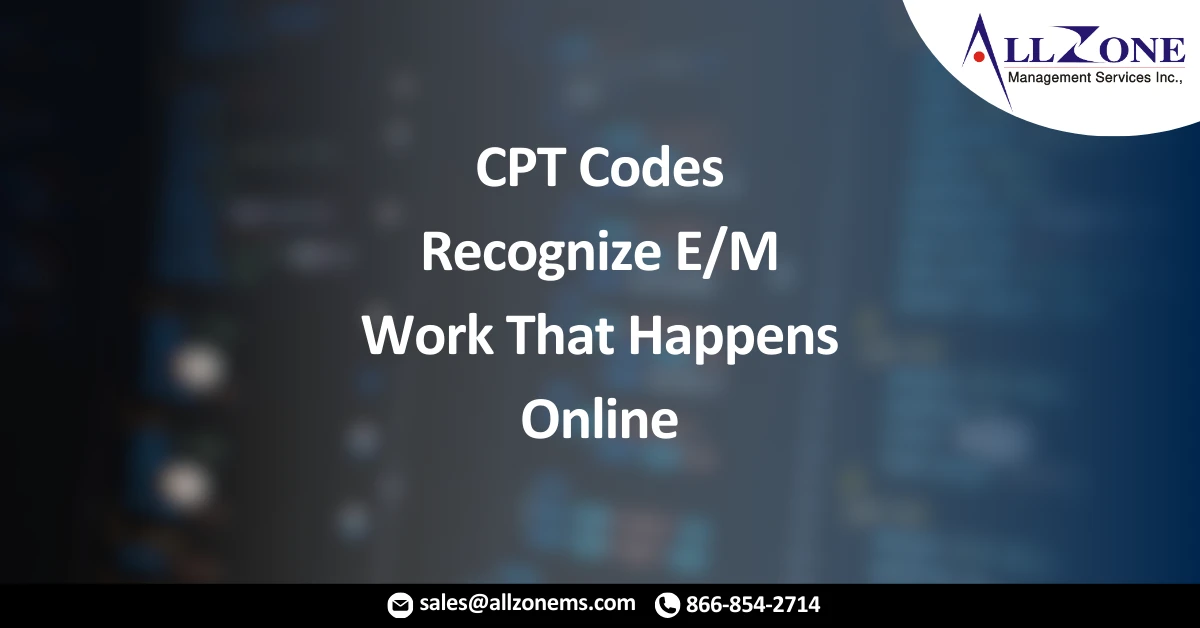Much attention has rightly been given to the major overhaul of Evaluation and Management (E/M) office visit codes set to take effect in 2021, aimed at reducing physicians’ documentation burden. However, changes that took effect on January 1, 2020, have already acknowledged evolving methods of patient communication and medical practice that do not require face-to-face encounters.
Updates to the 2020 Current Procedural Terminology (CPT®) code set now allow physicians and other healthcare professionals to report a broader range of digital health services, including electronic visits via secure patient portal messages.
Laurie McGraw, AMA Senior Vice President of Health Solutions, recently described the 10,471 CPT codes as “the language of medicine,” as they provide precise descriptions of physician work, covering everything from office visits to genetic testing.
For 2020, CPT code changes include:
- 248 new codes
- 75 revisions
- 71 deletions
During the AMA CPT® and RBRVS 2020 Annual Symposium, Dr. Peter Hollmann, former chair of the 2020 CPT Editorial Panel, highlighted key additions and one notable deletion.
Dr. Hollmann, a geriatrician and Chief Medical Officer of the Brown Medicine faculty medical group, paid tribute to the now-deleted code 99444, which pioneered “online medical evaluation.” While this code marked a breakthrough in distinguishing online care from in-person E/M services, it was too general and could not be properly valued by the AMA/Specialty Society RVS Update Committee (RUC).
Replacing it are three new time-based codes that offer more detailed tracking of the non-face-to-face work involved in responding to online patient inquiries:
- 99421 – 5–10 minutes
- 99422 – 11–20 minutes
- 99423 – 21+ minutes
These new codes apply to patient-initiated digital communications requiring clinical decision-making that would typically occur in an office visit. Unlike the previous code, they provide greater specificity, capturing the cumulative work involved in addressing a patient’s concern over a seven-day period.
Key Guidelines for Reporting These Codes:
- If the work takes less than five minutes, it is not reported.
- Time spent cannot be counted twice or billed under a different code.
- While the patient must be established, the problem being addressed can be new.
- The seven-day clock starts with the provider’s review of the patient’s inquiry and includes:
- Reviewing patient records and relevant data
- Developing a management plan
- Ordering prescriptions or tests
- Subsequent online communication (excluding separately reported E/M services)
- If a separate E/M visit (in-person or virtual) occurs within those seven days, the online service is incorporated into that visit and not separately reported.
- If a patient initiates another digital inquiry within seven days of a prior E/M service for the same issue, it is not separately billed.
Additionally, three new codes cover similar digital communication services provided by qualified non-physician health professionals:
- 98970 – 5–10 minutes
- 98971 – 11–20 minutes
- 98972 – 21+ minutes
However, the Centers for Medicare & Medicaid Services (CMS) requires the use of G-codes for reimbursement of these services.
These changes, identified by the AMA-convened Digital Medicine Payment Advisory Group (DMPAG), are designed to facilitate the adoption of digital health tools and clarify reimbursement processes for remote monitoring and other telehealth technologies.

